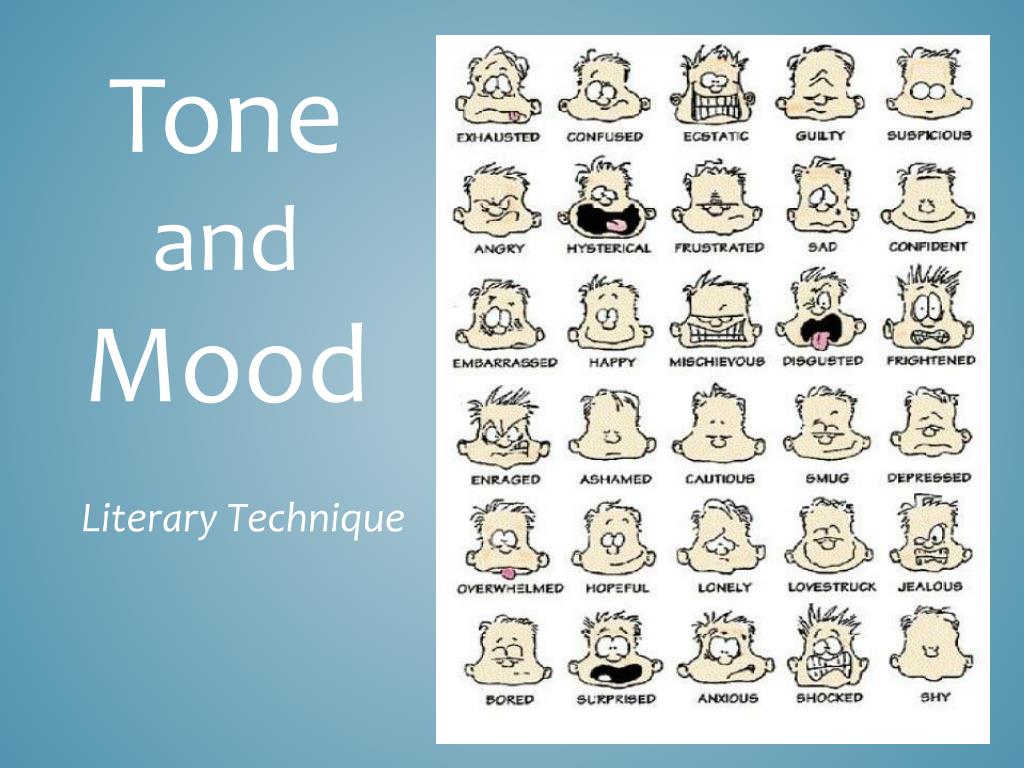

The mood is a term that describes the pervasive and temporary affective state of an individual.


#DIFFERENT TYPES OF MOODS HOW TO#
5 How To Talk Through Your Moods And Emotions?.do they appear distracted? do they appear to be responding to unseen stimuli? – as sometimes a patient cannot (or will not) disclose any abnormal experiences. first person auditory hallucinations or depersonalisation, followed by a quote (if possible) of what they said that made you arrive to this deduction.Īlso note that the MSE should only report symptoms and signs that are present at the time of the examination, thus if the patient says that they’ve been hearing voices an hour ago but are not hearing them at the time of the examination, then that would be reported in the history, and the MSE report would be negative for any abnormal perception.įinally, make sure you give your own objective assessment of any perceptual disturbance – e.g. It is also important to note whether patients seem to be responding to hallucinations during the interview, as evidenced by them laughing inappropriately as though they are sharing a private joke, or suddenly tilting their head as though listening, or quizzically looking at hallucinatory objects around the room.Īs with describing thought disorder, when reporting disorders of perception should be described by classifying the type of false perception e.g. If complex, are they experiences in the first person (audible thoughts, thought echo), second person (critical, persecutory, complimentary or command hallucinations) or third person (voices arguing or discussing the patient, or giving a running commentary).If it is an auditory hallucinations – elementary or complex?.are they auditory, visual, olfactory, gustatory or somatic hallucinations) If it is a hallucination – from which sensory modality the hallucinations appear to arise (i.e.Whether the abnormal perceptions are hallucinations, illusions, or intrusive thoughts.If patients admit to problems with perception, it is important to ascertain: This may take the form of two or more voices arguing or discussing the patient among themselves or one or more voices giving a running commentary on the patient’s thoughts or actions. Third person auditory hallucinations: patients hear a voice or voices speaking about them, referring to them in the third person.

a patient with low mood will more often experience hallucinations of a persecutory or critical nature, and similarly a patient with an elevated mood will more often experience hallucinations of a complimentary nature. These kind of hallucinations can often be mood-congruent i.e. Second person hallucinations can be persecutory, highly critical, complimentary or issue commands to the patient (command hallucination). Second person auditory hallucinations: patients hear a voice, or voices, talking directly to them. audible thoughts): patients hear their own thoughts spoken out loud as they think them. Complex hallucinations occur as spoken phrases, sentences or even dialogue that are sub-classified into first, second, and third person.įirst person auditory illusions (i.e.whirring, buzzing, whistling or single words. Elementary hallucinations are simple sounds e.g.These are hallucinations of the hearing modality, and are the most common in psychiatry.Īuditory hallucinations are split into elementary and complex hallucinations.


 0 kommentar(er)
0 kommentar(er)
